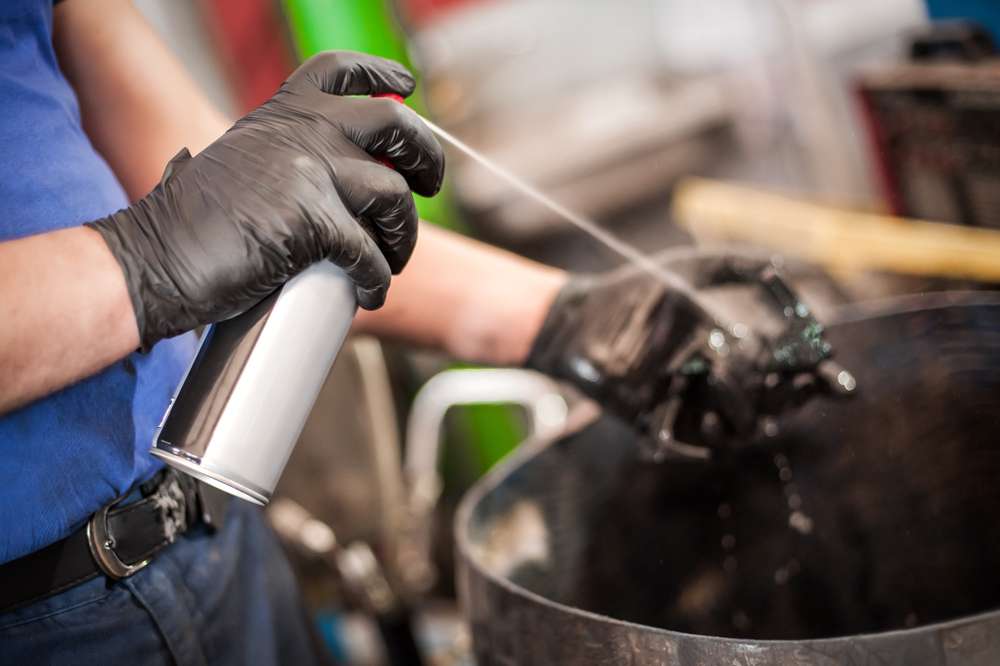Minimalist repair kits: essential tools and parts for home fixes
A compact repair kit lets you tackle everyday jewelry and accessory maintenance at home with confidence. This primer outlines the core tools, common spare parts, and material-aware practices — including careful measurements, closures, cleaning, sustainable sourcing, storage, and ergonomic tools for precise repairs.

A small, well-organized repair kit can make routine maintenance and minor fixes faster and less stressful. For people who wear and care for personal accessories, a kit reduces trips to a repair shop and gives the confidence to handle simple tasks like replacing a clasp, resizing a band, or cleaning delicate materials. This article focuses on the practical tools and spare parts that suit a minimalist approach while keeping attention to sizing, materials, sustainability, and safe storage.
Measurements, sizing, and fit
Accurate measurements are the first step for effective repairs. A flexible tape measure, small calipers, and a printable wrist-sizing strip cover most needs when adjusting bands or replacing links. Record inner diameters, link widths, and clasp positions so replacement parts match the original fit. Good fit reduces stress on closures and materials, preventing premature wear. For adjustable items, note extender lengths and common wearing positions to ensure any repair maintains intended comfort and security.
Materials and alloys, including leather
Knowing materials helps choose compatible parts and cleaning methods. Common alloys include sterling silver, stainless steel, and base metal mixes; each reacts differently to soldering, polishing, and chemicals. Leather straps require different handling—edge dressing, softening agents, and stitching supplies rather than metalworking tools. When sourcing parts, match alloys to avoid galvanic corrosion and consider plated finishes, which may not tolerate aggressive polishing. Keeping a small reference card of materials and their tolerances helps avoid mismatched repairs.
Closures, repairs, and ergonomics
Closures are small but vital: lobster clasps, spring rings, slide beads, toggle bars, and magnets each have repair and replacement needs. Include extra jump rings in various gauges, spare clasps, a clamp for holding small parts, and a pair of precision pliers (flat-nose and round-nose). Ergonomics matter for both the user and the repairer: comfortable pliers with cushioned handles, a steadiness pad, and magnification reduce hand strain and improve precision. For safety, include a small container to hold tiny parts during work.
Cleaning methods and storage
Cleaning should be matched to the material: mild soap and water for many alloys, a soft brush for textured finishes, and leather-specific cleaners and conditioners for hides. Avoid abrasive compounds on plated surfaces. After cleaning, dry thoroughly and store items in individual soft pouches or compartmentalized boxes to prevent scratches and tangles. For leather, store flat in breathable containers away from direct sunlight. Silica gel packs help control humidity in long-term storage without adding chemical risks.
Sourcing, sustainability, and shipping
Sourcing spare parts can be local services, small suppliers, or reputable online vendors; prioritize sellers that list alloy composition and provide small quantity options. For sustainability, seek recycled metals or responsibly sourced leather, and ask suppliers about packaging choices. When ordering replacement parts, consider shipping times, tracking options, and whether local services in your area can supply overnight or same-week parts to reduce delays. Keep a simple supplier log with item codes to speed future orders and reduce waste from incorrect purchases.
Photography, packaging, and shipping prep
Photographing the item and any damage before disassembly helps with reassembly and sourcing identical parts. Use a neutral background and close-up shots of closures and markings to capture measurements and finishes. For shipping repaired items, use padded envelopes or small boxes with internal cushioning; secure moving parts and include a note detailing the repair and materials used. Clear labeling and basic care instructions improve recipient satisfaction and reduce the chance of returns due to misunderstandings.
A minimalist repair kit emphasizes a few quality tools, small quantities of commonly replaced parts, and material-specific supplies for safe maintenance. With attentive measurements, appropriate materials, and mindful sourcing, most everyday fixes can be completed reliably at home. Proper cleaning, ergonomic tools, and thoughtful storage keep items in good condition between repairs and help extend the life of personal accessories.






